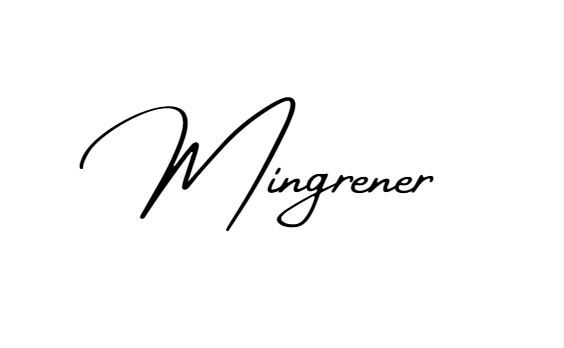
De geschiedenis van vintage sieraden: een reis door de eeuwen heen
0-opmerkingenThe history of vintage jewelry is a rich tapestry that reflects the evolution of art, culture, and society throughout the ages. Here’s a journey through some of the key periods and the significant evolutions in vintage jewelry:
1. Ancient Civilizations (circa 3000 BCE – 476 CE)
- Egyptian Jewelry: Jewelry from ancient Egypt, like amulets, rings, and necklaces, was often made from gold, colored glass, and semi-precious stones like carnelian and turquoise. Symbolism was significant, with motifs like the ankh, scarabs, and the Eye of Horus representing life, protection, and power.
- Greek and Roman Jewelry: Greek jewelry emphasized artistry with intricate designs, while Roman jewelry was more opulent, featuring gold, pearls, and gemstones. The use of cameo brooches and signet rings became popular.
2. Medieval Period (circa 5th – 15th Century)
- Jewelry in medieval Europe was influenced by religion and feudalism. Crosses, religious icons, and ornate brooches became common. Materials like gold, silver, and gems like garnets and sapphires were used.
- The craftsmanship was detailed, with enamel work and engraving adding to the complexity of designs.
3. Renaissance (14th – 17th Century)
- The Renaissance marked a revival of classical art and culture, reflected in the elaborate and ornate jewelry designs. Jewelry pieces were often large and richly decorated with precious stones and pearls.
- New techniques like enameling and the use of diamonds in jewelry became more prevalent during this period.
4. Georgian Era (1714 – 1837)
- The Georgian era saw the rise of intricate and symbolic designs, with motifs like flowers, leaves, and animals. Gold was the primary metal used, and gemstones like diamonds, rubies, and emeralds were common.
- Jewelry was often hand-crafted, with a focus on detail and elegance. The popularity of mourning jewelry also began in this period, often featuring dark gemstones and hairwork.
5. Victorian Era (1837 – 1901)
- Victorian jewelry is divided into three phases: Early (Romantic), Middle (Grand), and Late (Aesthetic). Each phase had distinct characteristics:
- Early Victorian (Romantic): Jewelry was sentimental, often featuring romantic motifs like hearts, bows, and serpents.
- Middle Victorian (Grand): This period reflected the influence of mourning after Prince Albert’s death, with black onyx, jet, and heavy, ornate designs.
- Late Victorian (Aesthetic): The designs became lighter, with more use of colorful gemstones and naturalistic themes like flowers and birds.
- The use of colored gemstones, particularly sapphires, emeralds, and rubies, became more prevalent, along with the introduction of new materials like vulcanite.
6. Art Nouveau (1890 – 1910)
- The Art Nouveau movement embraced organic and flowing forms, with jewelry designs inspired by nature, including flowers, insects, and the female form.
- Materials like enamel, opals, moonstones, and pearls were favored, and the craftsmanship emphasized artistic expression over the use of precious materials.
7. Edwardian Era (1901 – 1910)
- The Edwardian era was known for its elegance and refinement, with jewelry designs featuring lace-like filigree work and intricate details.
- Platinum became a popular metal, often paired with diamonds and pearls to create delicate and sophisticated pieces.
8. Art Deco (1920s – 1930s)
- Art Deco jewelry was characterized by bold geometric shapes, symmetry, and a modern aesthetic. This period embraced the use of diamonds, sapphires, emeralds, and rubies.
- New materials like bakelite and other plastics were introduced, and the influence of ancient Egyptian and African art was seen in many designs.
9. Retro (1940s – 1950s)
- Retro jewelry emerged during World War II, marked by bold and glamorous designs, often featuring large gemstones in oversized settings.
- Gold, especially rose and yellow gold, became popular due to the scarcity of platinum. Designs were influenced by Hollywood glamour, with motifs like bows, ribbons, and scrolls.
10. Mid-Century Modern (1950s – 1960s)
- This era saw a return to simplicity and elegance, with clean lines and minimalist designs. Platinum and diamonds remained popular, but there was also a resurgence in the use of colored gemstones.
- Jewelry design became more accessible, with the rise of mass production and the influence of modern art and architecture.
11. Contemporary and Beyond (1970s – Present)
- The 1970s onwards saw a blend of various styles, with a focus on individuality and personal expression. Vintage jewelry became highly sought after, with collectors valuing the craftsmanship and history of earlier periods.
- New materials and technologies have continued to influence jewelry design, but the allure of vintage pieces remains strong, representing a connection to the past and the enduring appeal of classic styles.
This journey through the ages shows how vintage jewelry has not only evolved in design and materials but also in cultural significance, reflecting the changing tastes and values of society over time.



